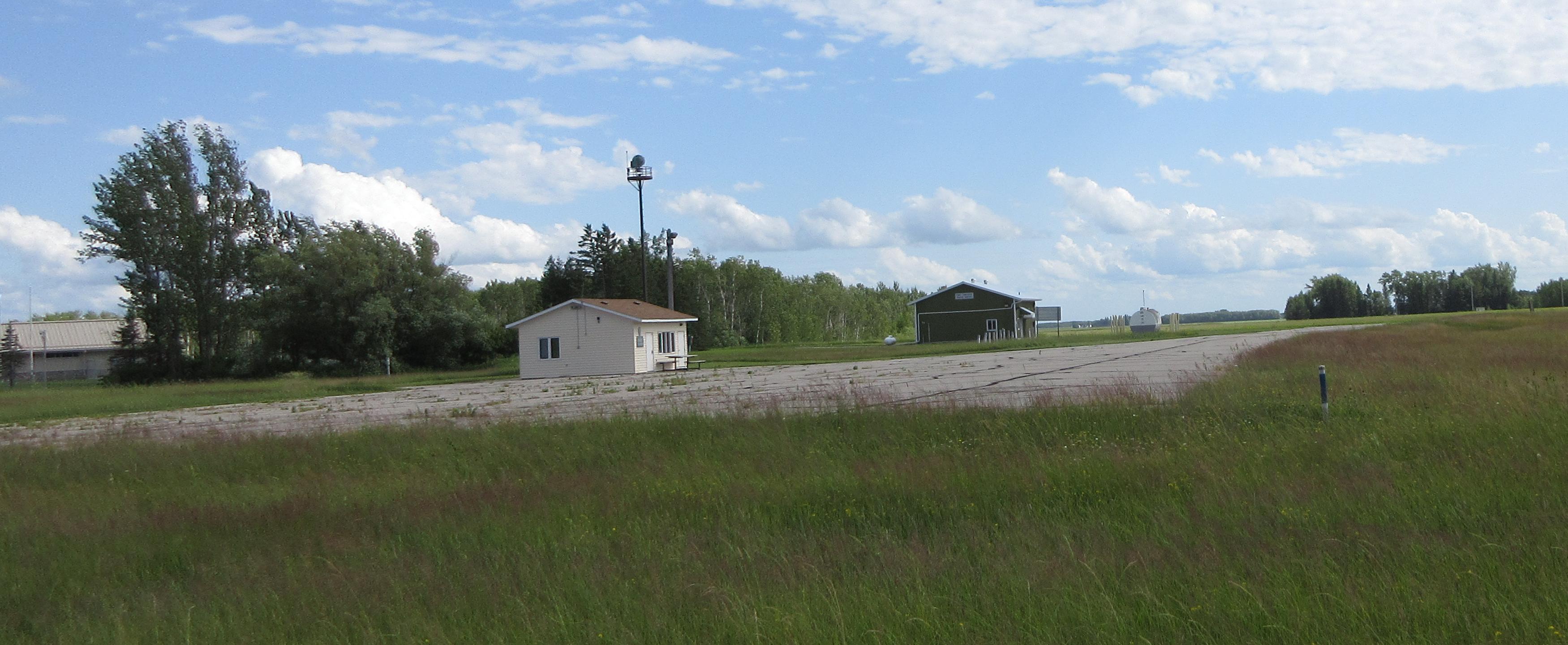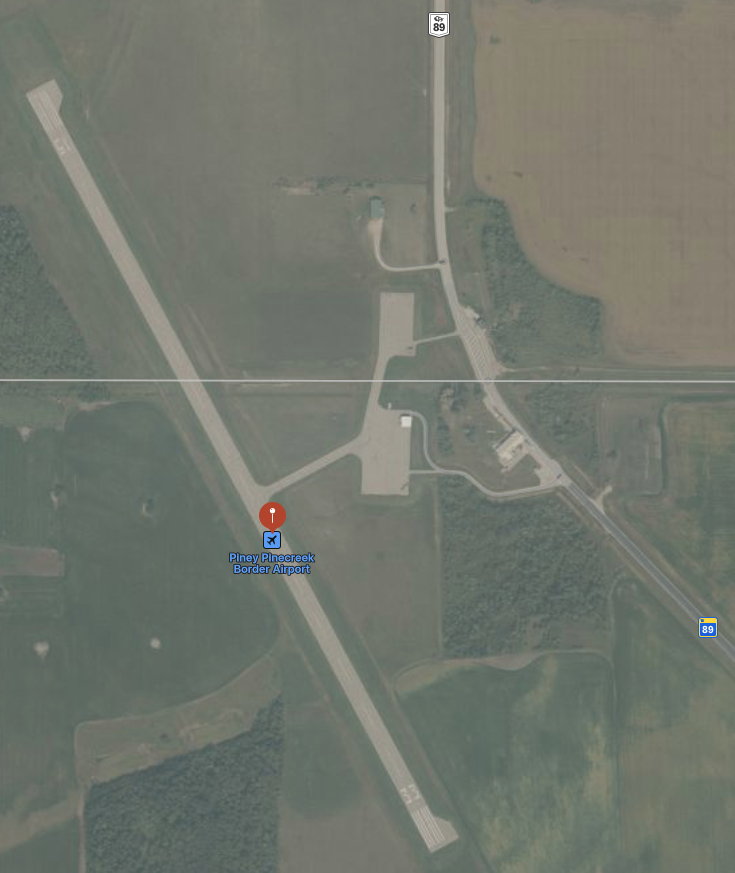When you get down to basics, airports are merely part of the process of getting someone from Point A to Point B. However, in the effort of fairness, some airports have something that makes them stand out more than others. We’ve gone over some of them in the past:
- The various conspiracy theories that surround Denver International Airport
- Why so few pilots land at one particular airport
- LaGuardia Airport’s journey from worst to best
To that end, there are only 6 airports that have the distinction of being in both the United States and Canada. However, after today, there will only be 5. The Piney-Pinecreek Border Airport, hailed as “the world’s first binational airport,” will be closing its doors after over 70 years of operations.

By Wtshymanski – Own work, CC BY-SA 4.0, https://commons.wikimedia.org/w/index.php?curid=80583352
Opened in 1953 with a grass runway (it was paved in 1978 – the only one of the 6 with a paved runway), Piney-Pinecreek Border Airport is admittedly a tiny airport. Like the other 5 general-aviation airports that share its claim to fame, it’s in a rural area of both countries; in this case, it sits near Roseau, Minnesota (off MN State Hwy 89), and Piney, Manitoba (off Manitoba Hwy 89) in Canada.
Jointly owned by the Minnesota Department of Transportation and the government of Piney, Manitoba, the airport was originally entirely on U.S. land. When the owners decided to extend the runway in the late 70s, they weren’t able to do so to the south because there was a nearby road. But the land north of the airport, located in Canada, was available. So with the cooperation of Canadian and Manitoba authorities, the runway was extended north. So the airport’s runway straddles the border of the U.S. and Canada.

The board governing the facility consisted of four Canadians and four Americans. The airport has both U.S. and Canadian customs and was typically utilized by tourists, hunters and fishermen. However there’s been a decline is usage (they used to average 3000 flights per year but are now only seeing about 200) and increases in repair costs (estimated to be almost $9.5 million over the next 20 years – the airport is in dire need of runway reconstruction, and replacement of its maintenance building and septic system). Piney Manitoba was unable to raise their share (nearly half) of the funds.
“In June, Canada said it couldn’t operate and fund the airport jointly,” said Ryan Gaug, director of MnDOT’s Office of Aeronautics at a Metropolitan Airports Commission meeting last week. “There’s just not a lot of activity there,” Gaug continued, noting that MnDOT had already been studying Piney-Pinecreek’s future options. “But when Canada made their decision, it really forced our hand. The answer was ‘no.’”
Without funding for repairs, officials from both governments agreed not to renew the international agreement required to continue airport operations. Although the final flight flew on December 24th, the airport will officially close today, December 26th.
The airports in Warroad, Roseau, Stephen and Warren are close by for Piney-Pinecreek pilots, plus they accommodate more annual aircraft operations and support aircraft there. So pilots won’t be stuck without a nearby airport – just not one that borders two countries.
The Piney-Pinecreek airport “is a very minor, but very unique, airport,” said Gaug.
The other 5 airports that straddle the 49th parallel include:
- International Peace Garden Airport (North Dakota/Manitoba)
- Coronach/Scobey Border Station Airport (Montana/Saskatchewan)
- Coutts/Ross International Airport (Montana/Alberta)
- Whetstone International Airport (Montana/Alberta)
- Avey Field State Airport (Washington/British Columbia)
Want to comment on this post? Great! Read this first to help ensure it gets approved.
Want to sponsor a post, write something for Your Mileage May Vary, or put ads on our site? Click here for more info.
Like this post? Please share it! We have plenty more just like it and would love it if you decided to hang around and sign up to get emailed notifications of when we post.
Whether you’ve read our articles before or this is the first time you’re stopping by, we’re really glad you’re here and hope you come back to visit again!
This post first appeared on Your Mileage May Vary
